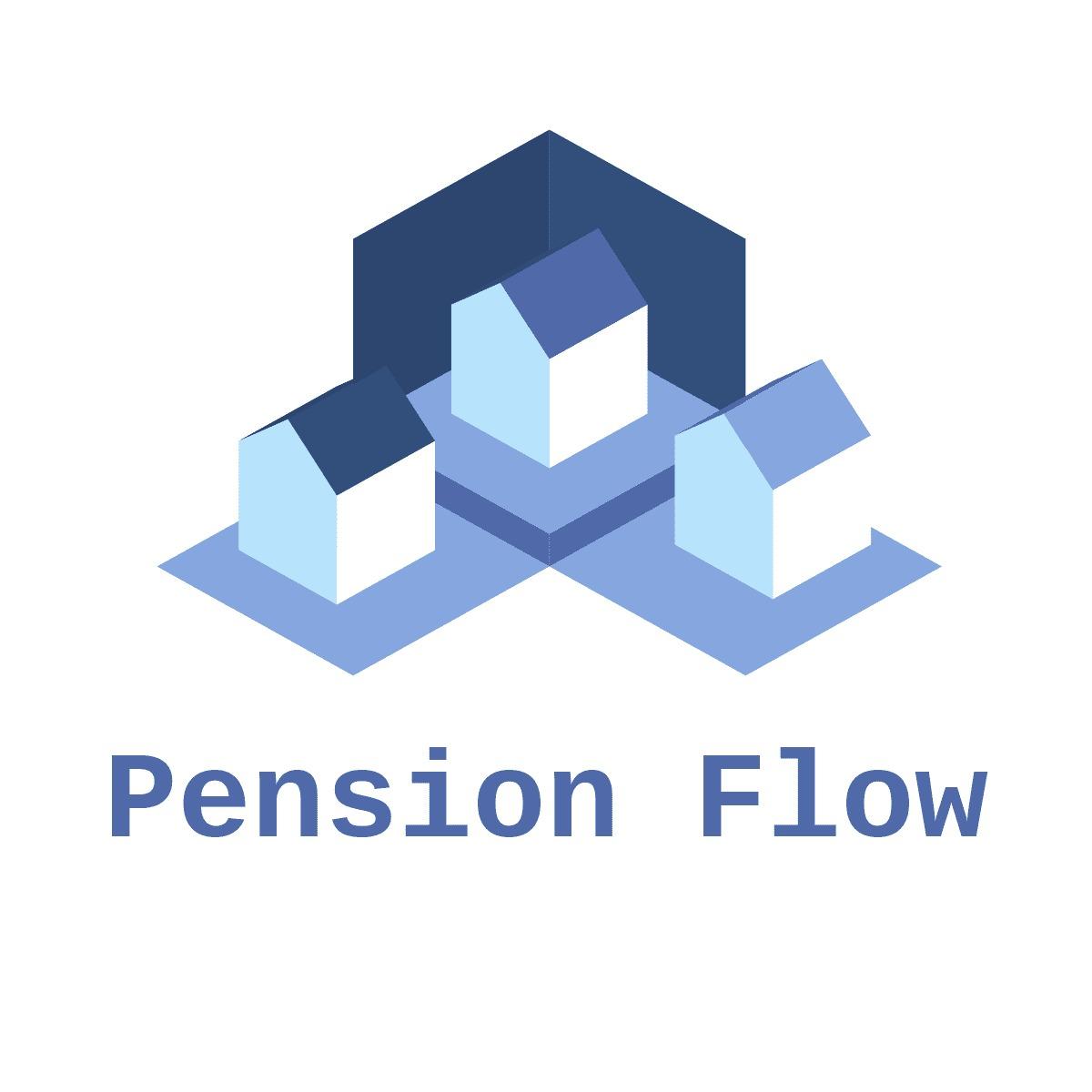Pension Flow
A platform to empower your retirement with decentralized governance and automatic pension fund transfer. Securing your future, the decentralized way.
Created on 19th February 2023
•
Pension Flow
A platform to empower your retirement with decentralized governance and automatic pension fund transfer. Securing your future, the decentralized way.
The problem Pension Flow solves
Current Problem :
In India -
The adoption of pension schemes in India is low, with pension saturation only at 15% of the country's GDP, compared to 100% or even 200% in developed countries. This indicates potential for expansion and increased adoption of the pension system in the country.
Furthermore, the Indian pension system is plagued by poor investment returns, complex rules and regulations, and a lack of transparency, making it difficult for people to understand and take part.
In UK -
In October 2022, the UK government announced £45bn in unfunded tax cuts which increased debt and jeopardized the country's financial stability. The Bank of England intervened to stabilize markets, and pension funds with over £1tn invested faced severe stress and the risk of collapse. This highlights how government actions can harm an individual's retirement savings.
Many pension funds in UK charge high fees that significantly reduce the overall value of the pension. The system is also inflexible, making it difficult for those who want to retire earlier or later than the traditional retirement age.
Web3 as a solution to this problem -
Web3 technology, specifically blockchain and smart contracts, can potentially improve the pension system in several ways -
- Increased security and transparency - A DAO will govern a decentralized pension system, offering transparency and security for tracking and managing pension funds.
- Reduced cost and enhanced efficiency - Smart contracts can help lower the expenses of administering pension funds and improve efficiency by automating a lot of processes.
- Improved accuracy - Smart contracts can automatically execute and enforce rules and conditions, ensuring that pension payments are accurate and timely.
Challenges we ran into
- Automation - it took significant amount of time for us to find and implement the automation aspect of the smart contract, but, we are proud of achieving this functionality. A function in the smart contract is triggered every month to enable smooth distribution of payments
- Architecture - Designing the architecture/workflow of the process was challenging. We ran into a few issues at the early and mid stages and figured out a clean workflow for our dapp
- Contract - Being new to the web3 space we didn’t have a lot of prior knowledge about the features of chainlink, hardhat etc. We are glad that we figured things out and learnt a lot in the process.
- Team communication and planning - since a lot of us are involved in various other college/extra-curricular activities it was a bit challenging to schedule meets but we are glad that the team adjusted their schedules and we were able to accomplish our set goals in time
- Integrating uniswap for conversion of tokens inorder to enable seamless conversion between MATIC to WMATIC for dealing with investments and return on investments was challenging.
- Integration of the smart contract and UI was more time-consuming than anticipated.
Tracks Applied (3)
Polygon: Open Track
Polygon Technology
Chainlink
Chainlink
Quicknode: Built on QuickNode RPC
QuickNode
Cheer Project
Cheering for a project means supporting a project you like with as little as 0.0025 ETH. Right now, you can Cheer using ETH on Arbitrum, Optimism and Base.
